Louvered pergolas offer a sophisticated blend of functionality and aesthetics, seamlessly integrating into modern outdoor living spaces. These structures feature adjustable louvers, allowing for precise control over sunlight and ventilation, creating a comfortable and inviting ambiance. Louvered pergolas have a rich history, dating back to ancient times, where similar designs were used for shade and privacy. Today, they are highly sought after for their versatility, providing a customizable solution for various outdoor settings.
From residential patios to commercial spaces, louvered pergolas enhance outdoor living by creating sheltered areas that are adaptable to changing weather conditions. The adjustable louvers allow for optimal shade during sunny days and protection from rain or snow. The design itself adds a touch of elegance and sophistication to any outdoor space, enhancing the overall visual appeal. Louvered pergolas are also known for their energy efficiency, reducing heat gain and promoting natural ventilation, contributing to a more sustainable and comfortable outdoor environment.
Introduction to Louvered Pergolas
A louvered pergola is a type of outdoor structure that features adjustable slats, known as louvers, which can be rotated to control the amount of sunlight and airflow passing through the structure. Louvered pergolas offer a versatile and stylish solution for creating shade, enhancing privacy, and adding architectural interest to outdoor spaces.
Function of Louvers
Louvers play a crucial role in the functionality of a louvered pergola. Their primary function is to control the amount of sunlight and airflow passing through the structure. By adjusting the angle of the louvers, users can create varying levels of shade and ventilation. When the louvers are closed, they provide maximum shade and privacy, while opening them allows for increased airflow and sunlight penetration. This adaptability makes louvered pergolas suitable for various weather conditions and preferences.
History of Louvered Pergolas
The concept of louvers dates back centuries, with examples found in ancient Roman and Greek architecture. Louvered windows were commonly used to regulate airflow and provide shade in hot climates. The use of louvers in pergolas evolved over time, becoming more prevalent in the 20th century as a popular architectural feature for outdoor living spaces.
Benefits of Louvered Pergolas
Louvered pergolas offer a range of advantages that make them a popular choice for enhancing outdoor living spaces. They provide shade control, weather protection, and aesthetic appeal, enhancing the functionality and beauty of any backyard or patio.
Shade Control
Louvered pergolas provide adjustable shade, allowing you to customize the amount of sunlight that enters your space. The louvers can be rotated to create different levels of shade, providing protection from the sun’s harsh rays during the hottest parts of the day.
- Increased Comfort: Louvered pergolas allow you to enjoy your outdoor space without being overwhelmed by the sun. You can create a cool and comfortable environment for relaxing, dining, or entertaining.
- Protection from UV Rays: The louvers help to block harmful UV rays, reducing the risk of sunburns and skin damage.
- Energy Savings: By providing shade, louvered pergolas can help to reduce the amount of heat that enters your home, lowering your energy bills.
Weather Protection
Louvered pergolas offer protection from the elements, creating a more enjoyable outdoor experience, even in inclement weather.
- Rain Protection: The louvers can be closed to shield your space from rain, allowing you to enjoy your outdoor space even on rainy days.
- Wind Protection: Louvered pergolas can provide some protection from wind, creating a more sheltered and comfortable environment.
- Snow Protection: In areas that experience snow, louvered pergolas can help to prevent snow from accumulating on your patio or deck.
Aesthetic Appeal
Louvered pergolas add a touch of elegance and sophistication to any outdoor space. They are available in a variety of materials, colors, and styles, allowing you to choose a design that complements your home’s architecture.
- Modern and Contemporary Design: Louvered pergolas are often associated with modern and contemporary design styles, adding a touch of sophistication to your outdoor space.
- Versatility: Louvered pergolas can be customized to fit a variety of spaces and styles, from traditional to modern.
- Increased Property Value: Louvered pergolas can enhance the aesthetic appeal of your home, potentially increasing its value.
Types of Louvered Pergolas
Louvered pergolas come in various designs and styles, catering to different needs and preferences. They can be customized to fit your outdoor space and enhance its aesthetic appeal. The choice of material, louver design, and pergola style plays a significant role in determining the overall functionality and appearance of your louvered pergola.
Material
The material used to construct a louvered pergola is a crucial factor that influences its durability, maintenance requirements, and aesthetic appeal. The most common materials include:
- Wood: Wood pergolas offer a classic and elegant look. They are typically made from cedar, redwood, or pressure-treated pine, known for their durability and natural beauty. Wood pergolas require regular maintenance, including staining or painting, to protect them from weathering and pests.
- Aluminum: Aluminum pergolas are known for their durability, low maintenance, and resistance to rust and corrosion. They are available in various colors and finishes, allowing for customization to match your outdoor decor. Aluminum pergolas are lightweight and easy to install, making them a popular choice for homeowners.
- Vinyl: Vinyl pergolas offer a low-maintenance option, as they are resistant to fading, rotting, and insect infestation. They are also available in various colors and styles, providing flexibility in design. Vinyl pergolas are typically more affordable than wood or aluminum pergolas.
Louver Design
The design of the louvers significantly affects the functionality and appearance of a louvered pergola. Louvers can be fixed or adjustable, providing different levels of shade and ventilation.
- Fixed Louvers: Fixed louvers are permanently set at a specific angle, offering a consistent level of shade. They are typically used in areas where the sun’s position is relatively consistent throughout the day.
- Adjustable Louvers: Adjustable louvers can be rotated to control the amount of sunlight and ventilation entering the space. They allow you to fine-tune the shade and airflow based on the time of day and weather conditions.
Pergola Style
Louvered pergolas can be designed in various styles, each offering unique benefits and aesthetics.
- Freestanding Pergolas: Freestanding pergolas are independent structures that can be placed anywhere in your yard. They offer flexibility in placement and allow you to create a shaded area in any part of your outdoor space.
- Attached Pergolas: Attached pergolas are connected to your home or other structures, providing a seamless transition between indoor and outdoor spaces. They are ideal for creating covered patios or extending your living area.
Design Considerations for Louvered Pergolas
Designing a louvered pergola is a process that involves careful planning and consideration of various factors. It’s not just about aesthetics, but also functionality and durability. This section delves into key design considerations that will ensure your pergola meets your needs and enhances your outdoor space.
Site Analysis and Layout Planning
Understanding the existing conditions of your site is crucial before embarking on any pergola design. This involves analyzing factors like sunlight exposure, wind patterns, and proximity to structures. The layout of your pergola should complement the existing features of your yard and enhance the overall flow and functionality of the space.
- Sunlight Exposure: Determine the sun’s path throughout the day to ensure your pergola provides shade when needed. This is particularly important if you plan to use the space for dining or relaxing.
- Wind Patterns: Consider prevailing wind directions and the pergola’s potential to block or redirect wind flow. This can affect the comfort of the space, especially during windy conditions.
- Proximity to Structures: Ensure the pergola’s location is compatible with existing structures and landscaping. Consider factors like access, visibility, and potential obstruction of views.
Pergola Size and Dimensions, Louvered pergola
The size and dimensions of your louvered pergola will depend on the intended use and available space. Larger pergolas provide more shade and seating capacity, while smaller ones may be more suitable for cozy nooks or intimate settings.
- Use: If you plan to use the pergola for dining, consider the size of your table and chairs. For lounging, ensure ample space for comfortable seating arrangements.
- Available Space: The dimensions of your pergola should be proportionate to the surrounding area, avoiding overcrowding or a sense of disproportion.
- Building Codes: Check local building codes and regulations for any limitations on pergola size and height.
Choosing Materials and Finishes
The choice of materials and finishes plays a crucial role in the aesthetic appeal, durability, and maintenance requirements of your pergola.
- Materials: Popular choices for louvered pergola construction include:
- Wood: Offers a natural and classic look, but requires regular maintenance to prevent weathering and decay.
- Aluminum: Durable, low-maintenance, and available in a wide range of colors and finishes.
- Vinyl: Affordable, durable, and resistant to moisture, rot, and insects.
- Finishes: The finish you choose can significantly impact the look and longevity of your pergola. Consider factors like:
- Paint: Offers a wide range of colors and can be easily repainted when needed.
- Stain: Enhances the natural beauty of wood and provides protection against UV rays and moisture.
- Powder Coating: A durable finish that is resistant to scratches, fading, and corrosion.
Installation and Maintenance of Louvered Pergolas
Installing and maintaining a louvered pergola requires a combination of careful planning, proper tools, and regular upkeep. While the installation process can seem daunting, with the right guidance, it’s achievable for DIY enthusiasts. Maintenance, on the other hand, is crucial to ensure your pergola’s longevity and beauty.
Installation Process
The installation process for a louvered pergola involves several steps, each with its own set of considerations. Here’s a detailed breakdown:
- Site Preparation: Begin by choosing a suitable location for your pergola, considering factors such as sunlight exposure, drainage, and proximity to structures. Clear the area of debris, mark the footprint of the pergola, and ensure the ground is level.
- Foundation Installation: The foundation is critical for stability. Options include concrete footings, piers, or a solid base. Consult local building codes and consider the weight of the pergola to determine the most suitable foundation.
- Framing: The pergola’s frame is usually constructed from pressure-treated lumber or aluminum, providing strength and durability. Assemble the frame according to the manufacturer’s instructions, ensuring proper alignment and stability.
- Louver Installation: The louvers are the defining feature of a louvered pergola. Install them securely, ensuring proper spacing and alignment for optimal functionality and aesthetics.
- Roofing and Finishing: Add roofing material, such as polycarbonate panels or metal sheets, for protection from the elements. Finish the pergola with paint, stain, or sealant to enhance its appearance and provide weather resistance.
Maintenance Practices
Maintaining your louvered pergola ensures its longevity and protects your investment. Here’s a guide to proper maintenance:
- Regular Cleaning: Remove debris and dirt regularly to prevent buildup and maintain the pergola’s appearance. Use a soft-bristled brush and mild detergent for cleaning.
- Lubrication: Lubricate moving parts, such as the louver system, to ensure smooth operation and prevent rust. Use a silicone-based lubricant.
- Inspect for Damage: Periodically inspect the pergola for any signs of damage, such as loose screws, cracked panels, or rust. Address any issues promptly to prevent further deterioration.
- Paint or Stain: Repaint or restain the pergola every few years to maintain its aesthetic appeal and protect it from the elements.
Common Issues and Solutions
Louvered pergolas, like any outdoor structure, can face specific challenges. Here are some common issues and their solutions:
- Louver System Malfunction: If the louvers fail to open or close smoothly, check for obstructions, worn-out parts, or improper lubrication. Clean and lubricate the system, or replace any faulty components.
- Water Leakage: Water leakage can occur due to damaged panels, improperly sealed joints, or poor drainage. Inspect the panels and seal any gaps or cracks. Ensure proper drainage by checking downspouts and gutters.
- Rust: Rust can form on metal components, especially in humid climates. Clean the affected areas with a wire brush and apply a rust-preventative coating.
Applications and Uses of Louvered Pergolas
Louvered pergolas are versatile structures that can transform any outdoor space into a comfortable and stylish retreat. Their unique design allows for adjustable shade and ventilation, creating an ideal environment for various activities and purposes. This section explores how louvered pergolas can enhance both residential and commercial settings.
Residential Applications
Louvered pergolas offer numerous possibilities for enhancing residential outdoor living spaces. They can be used to create:
- Covered Patios and Decks: Louvered pergolas provide a stylish and functional cover for patios and decks, offering protection from the elements while maintaining an open and airy feel. They can be integrated with existing structures or stand alone, adding a touch of elegance to any outdoor space.
- Outdoor Dining Areas: Create a comfortable and inviting outdoor dining area with a louvered pergola. The adjustable louvers allow you to control the amount of sunlight and shade, ensuring a pleasant dining experience throughout the day and evening.
- Relaxation Zones: Louvered pergolas can create a tranquil retreat for relaxation and entertainment. Place comfortable seating and a fire pit beneath the pergola, and enjoy the shade and fresh air while enjoying a good book or catching up with friends.
- Outdoor Kitchens and Bars: A louvered pergola can enhance an outdoor kitchen or bar area, providing shade and shelter for cooking and entertaining. The adjustable louvers allow you to create the perfect ambiance for any occasion.
Commercial Applications
Louvered pergolas are not limited to residential use. They can also be effectively incorporated into various commercial settings, such as:
- Restaurants and Cafes: Louvered pergolas can create inviting outdoor dining areas for restaurants and cafes, offering protection from the sun and rain while maintaining a sense of openness and connection to the surrounding environment.
- Hotels and Resorts: Louvered pergolas can enhance the outdoor spaces of hotels and resorts, providing shade and shelter for guests to relax and enjoy the scenery. They can be used to create private cabanas, poolside seating areas, or outdoor lounges.
- Retail Spaces: Louvered pergolas can be used to create eye-catching entrances and outdoor displays for retail spaces, adding a touch of elegance and sophistication. The adjustable louvers can be used to create dramatic lighting effects and showcase products in a unique way.
- Event Spaces: Louvered pergolas can transform outdoor event spaces into versatile venues for weddings, parties, and other celebrations. The adjustable louvers allow you to create the perfect ambiance for any occasion, regardless of the weather.
Louvered Pergolas and Sustainability
Louvered pergolas, with their adjustable slats and open design, offer a unique opportunity to create sustainable outdoor spaces. By carefully considering the materials used and the design choices made, you can minimize the environmental impact of your pergola while maximizing its benefits.
Environmental Impact of Materials
The environmental impact of different materials used in louvered pergolas varies significantly.
- Wood: Wood is a renewable resource and can be sourced sustainably. However, deforestation and improper harvesting practices can have negative environmental consequences. Look for wood certified by the Forest Stewardship Council (FSC) to ensure it comes from responsibly managed forests.
- Aluminum: Aluminum is a recyclable material, but its production process is energy-intensive. Choosing recycled aluminum can significantly reduce the carbon footprint.
- Vinyl: Vinyl is a durable and low-maintenance material, but it is made from non-renewable resources and can release harmful chemicals during production and disposal.
- Steel: Steel is a strong and durable material, but its production process is energy-intensive and releases greenhouse gases.
Sustainable Design Practices
Sustainable design practices for louvered pergolas focus on minimizing the environmental impact throughout the pergola’s lifecycle.
- Material Selection: Choose materials with a low environmental impact, such as FSC-certified wood or recycled aluminum.
- Energy Efficiency: Design the pergola to maximize natural ventilation and light, reducing the need for artificial lighting and cooling.
- Water Conservation: Incorporate features like rainwater harvesting or permeable paving to minimize water runoff.
- Durability and Longevity: Choose durable materials and construction techniques to extend the pergola’s lifespan and reduce the need for replacement.
Role in Promoting Energy Efficiency
Louvered pergolas can play a significant role in promoting energy efficiency by providing shade and ventilation.
- Shade and Cooling: Adjustable slats allow you to control the amount of sunlight entering the space, reducing the need for air conditioning.
- Natural Ventilation: Open slats allow for airflow, creating a comfortable outdoor space without relying on fans or air conditioning.
- Reduced Heat Island Effect: Pergolas can help reduce the urban heat island effect by providing shade and reducing heat absorption by buildings.
Inspiration and Examples
The beauty of louvered pergolas lies not just in their functionality but also in their ability to transform outdoor spaces into stunning havens. Let’s delve into some inspiring examples and innovative applications that showcase the versatility of this architectural element.
Louvered Pergola Designs
Here are some examples of different louvered pergola designs, each with its unique aesthetic and functionality:
| Design | Description | Image |
|---|---|---|
| Modern Minimalist | Featuring clean lines, sleek materials like aluminum, and a minimalist aesthetic, this design emphasizes functionality and contemporary elegance. | [Image of a modern minimalist louvered pergola with clean lines and sleek materials] |
| Rustic Charm | This design incorporates natural materials like wood and stone, creating a warm and inviting ambiance reminiscent of traditional architecture. | [Image of a rustic louvered pergola with wood beams and stone accents] |
| Mediterranean Flair | Inspired by Mediterranean architecture, this design features intricate details, arches, and a warm color palette, evoking a sense of relaxed sophistication. | [Image of a Mediterranean-style louvered pergola with arches and a warm color palette] |
| Contemporary Elegance | Combining modern elements with traditional design principles, this design offers a sophisticated and timeless appeal, often featuring geometric patterns and sleek finishes. | [Image of a contemporary louvered pergola with geometric patterns and sleek finishes] |
Innovative Louvered Pergola Applications
Beyond traditional applications, louvered pergolas can be incorporated into various innovative ways to enhance outdoor spaces:
- Poolside Oasis: A louvered pergola can create a shaded and stylish haven around a pool, offering adjustable sun protection and a sense of privacy.
- Outdoor Kitchen Canopy: A louvered pergola can provide shelter and style over an outdoor kitchen, creating a functional and inviting space for entertaining guests.
- Green Wall Integration: Combining a louvered pergola with a vertical garden can create a stunning and eco-friendly feature, adding a touch of greenery to any outdoor space.
- Rooftop Terrace Transformation: A louvered pergola can transform a rooftop terrace into a functional and stylish outdoor living space, offering shade, privacy, and a sense of serenity.
Inspiring Louvered Pergola Projects
Here are some examples of inspiring louvered pergola projects that demonstrate their versatility and aesthetic appeal:
- A modern louvered pergola in a minimalist garden: This pergola features clean lines, sleek aluminum construction, and a minimalist aesthetic, creating a stunning focal point in a contemporary garden. The adjustable louvers allow for customized sun protection and a sense of privacy.
- A rustic louvered pergola over a patio: This pergola incorporates natural materials like wood and stone, creating a warm and inviting ambiance. The pergola provides shade and shelter, making the patio a perfect spot for outdoor dining and relaxation.
- A Mediterranean-style louvered pergola in a coastal home: This pergola features intricate details, arches, and a warm color palette, evoking a sense of relaxed sophistication. The pergola provides shade and shelter, making the outdoor living space a perfect retreat from the sun.
- A contemporary louvered pergola with a built-in fireplace: This pergola combines modern elements with traditional design principles, offering a sophisticated and timeless appeal. The built-in fireplace adds a touch of warmth and functionality, making the pergola a perfect space for outdoor entertaining, even on cooler evenings.
Final Thoughts
Louvered pergolas stand as a testament to the evolution of outdoor living, seamlessly blending functionality with aesthetics. Their ability to provide shade, weather protection, and visual appeal makes them a popular choice for enhancing outdoor spaces. With a wide range of design options, materials, and applications, louvered pergolas offer a customizable solution for creating comfortable and inviting outdoor environments that can be enjoyed year-round.
Answers to Common Questions
What are the different materials used for louvered pergolas?
Louvered pergolas are commonly constructed from materials such as wood, aluminum, vinyl, and composite materials. Each material offers unique advantages in terms of durability, maintenance, and aesthetic appeal.
How do I choose the right size and dimensions for a louvered pergola?
The size and dimensions of a louvered pergola should be determined based on the available space, the intended use, and the desired functionality. It’s important to consider factors such as seating capacity, walkway access, and the overall layout of the outdoor area.
How much does a louvered pergola cost?
The cost of a louvered pergola varies depending on factors such as size, materials, design complexity, and installation costs. It’s recommended to consult with a professional contractor or supplier to obtain accurate pricing estimates.
Louvered pergolas are a fantastic way to add shade and style to your outdoor space. The adjustable louvers allow you to control the amount of sunlight that enters, creating the perfect ambiance for any occasion. If you’re looking for a classic and timeless design, a wooden pergola is an excellent choice.
The natural beauty of wood complements any landscape, and the louvered design adds a touch of modern sophistication.
Louvered pergolas offer a unique blend of style and functionality, allowing you to control sunlight and ventilation with ease. But for ultimate shade and protection from the elements, consider a covered pergola. These structures provide a permanent roof, while still maintaining the open-air feel that makes pergolas so charming.
Whether you choose louvered or covered, a pergola is the perfect way to create an inviting outdoor space for relaxation and enjoyment.


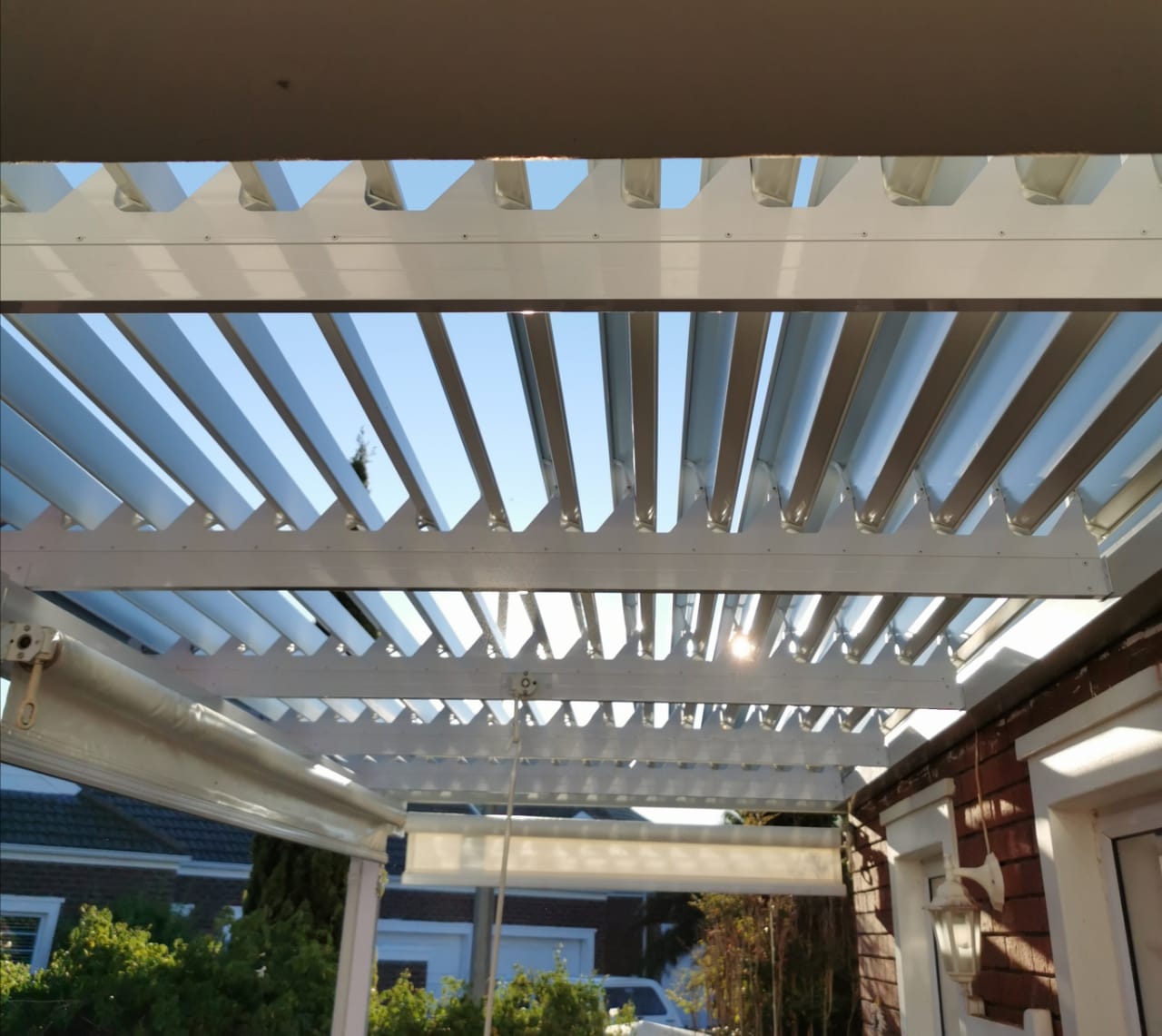

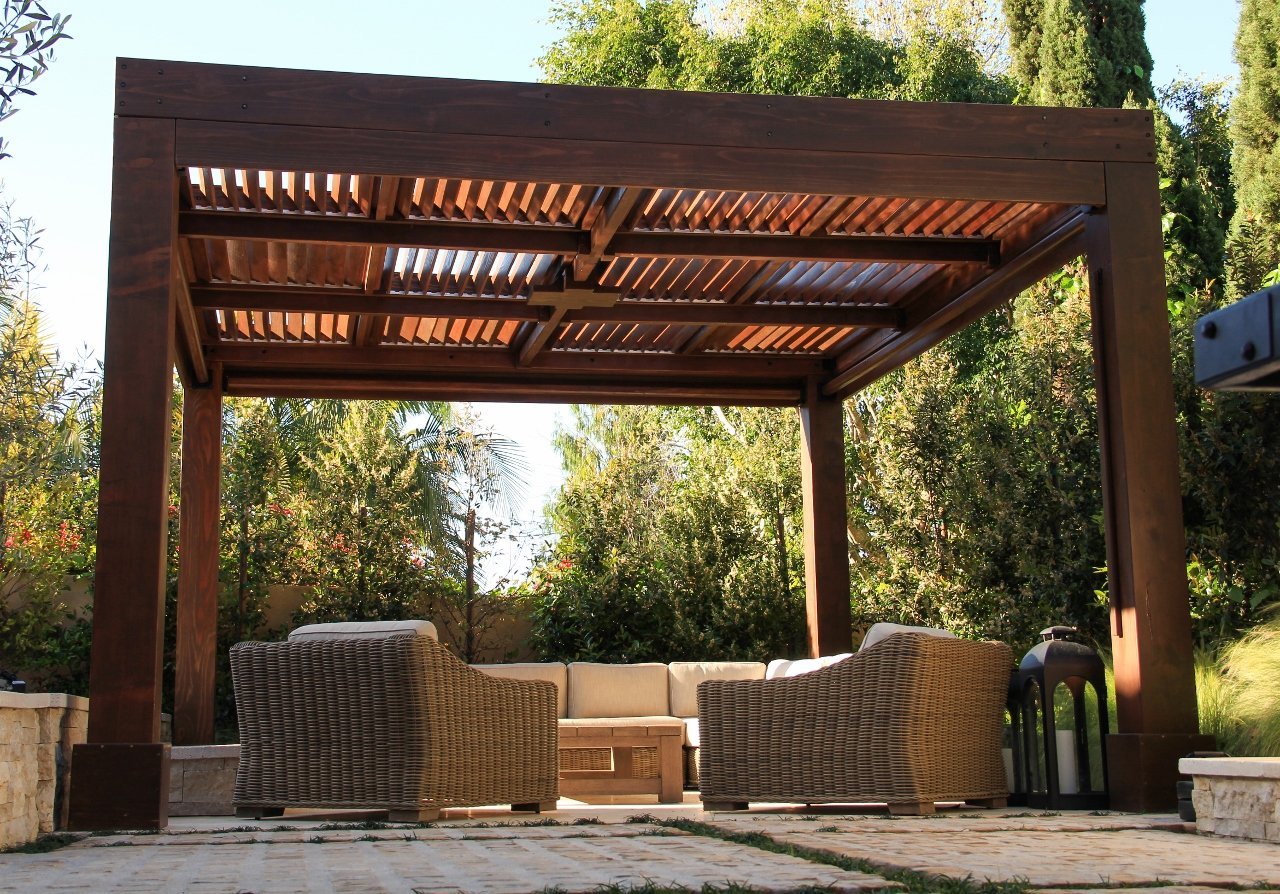
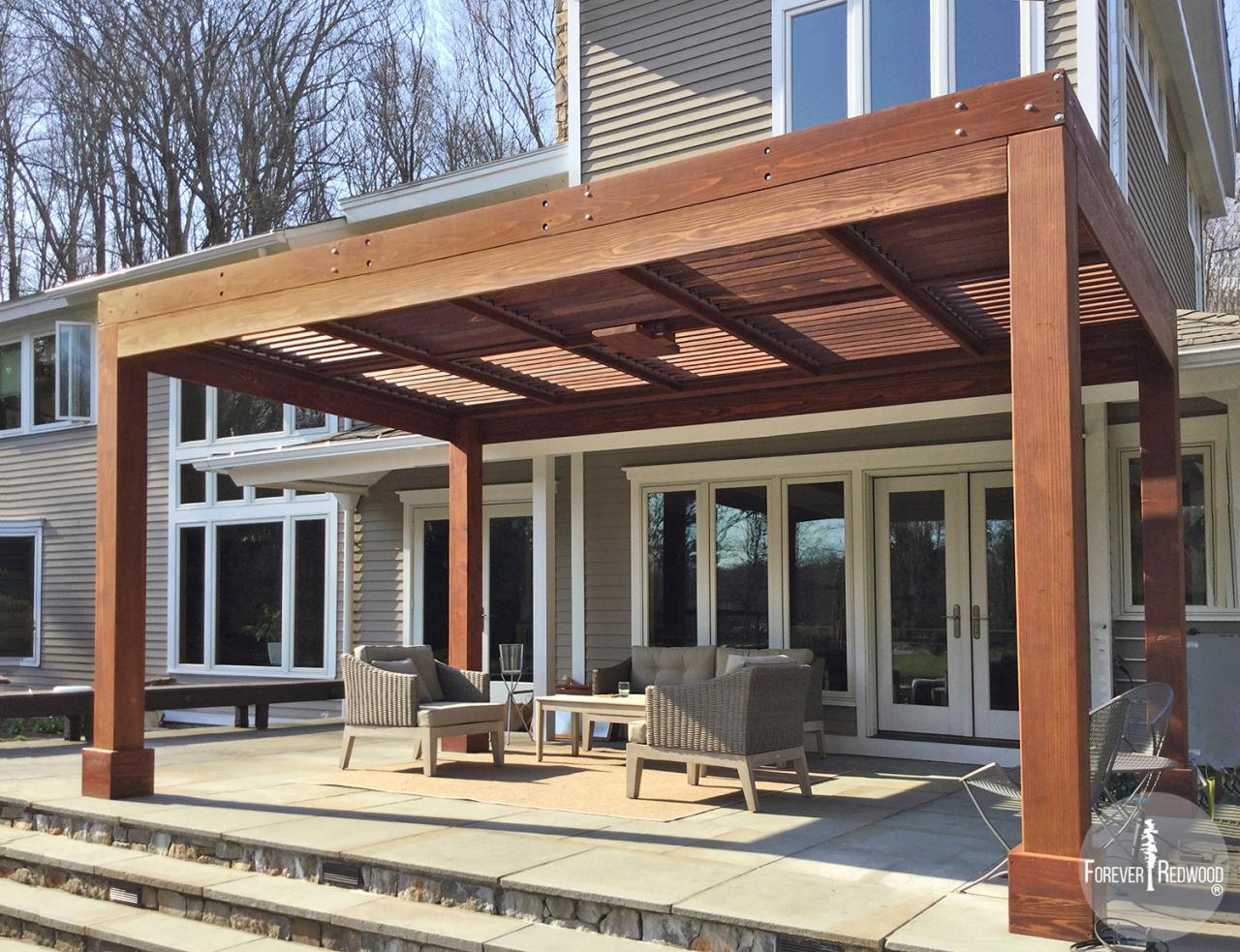
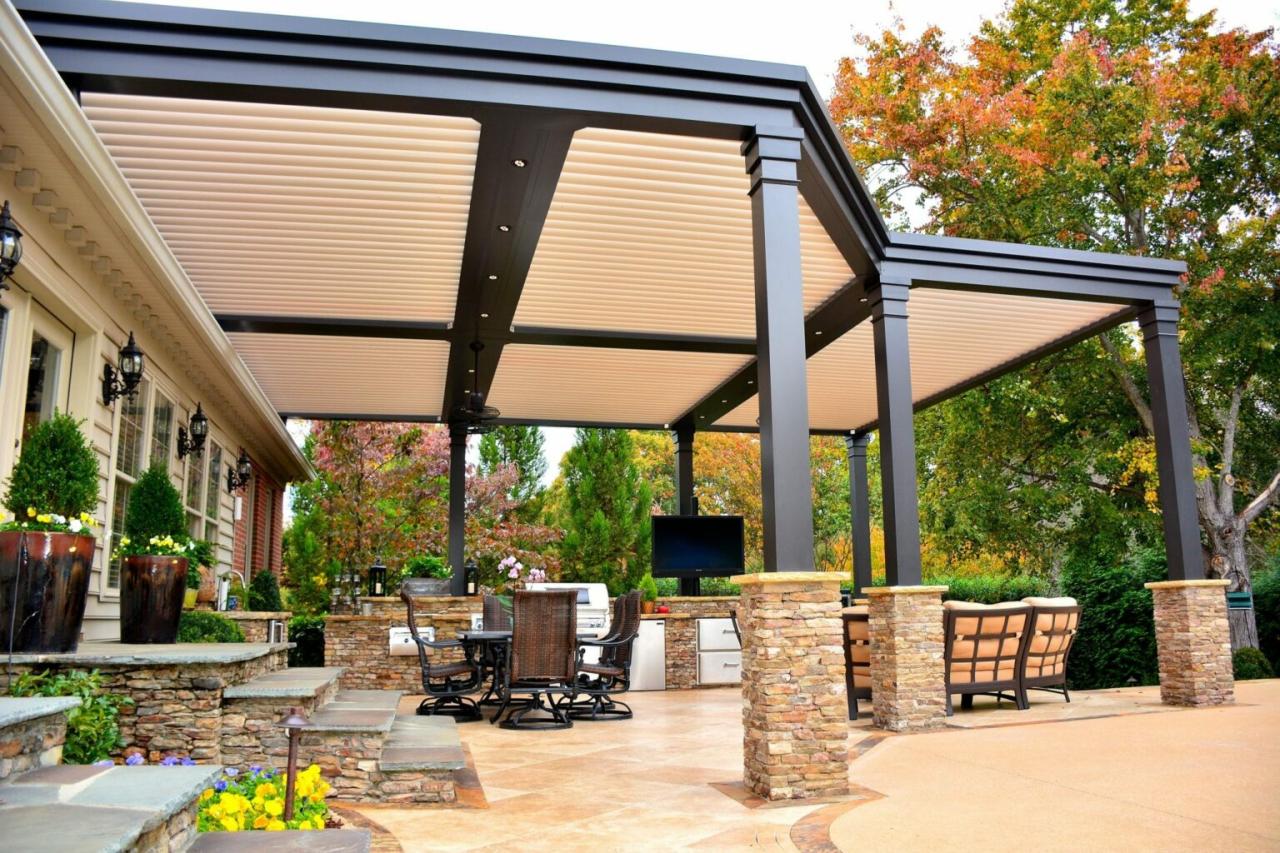
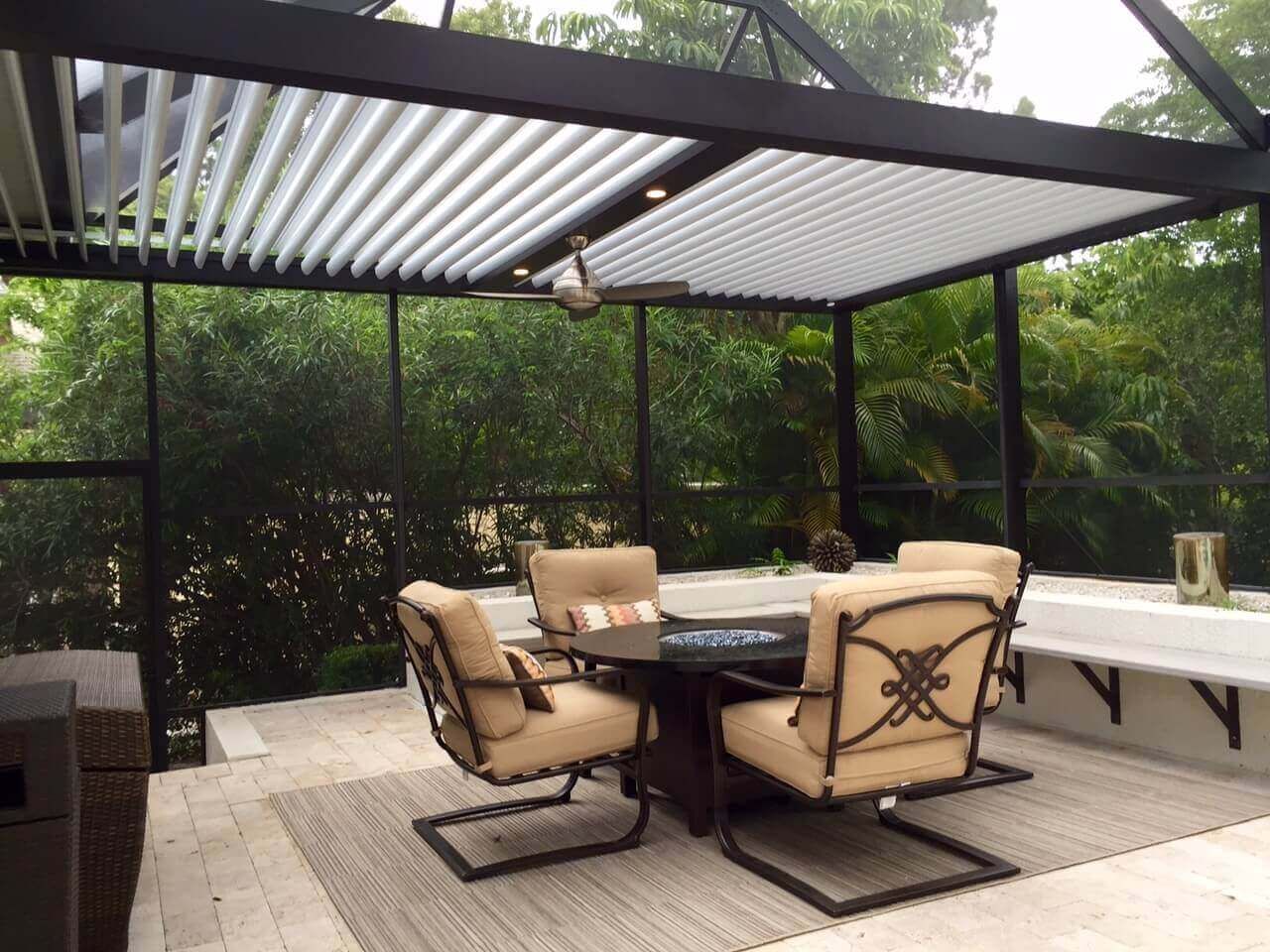
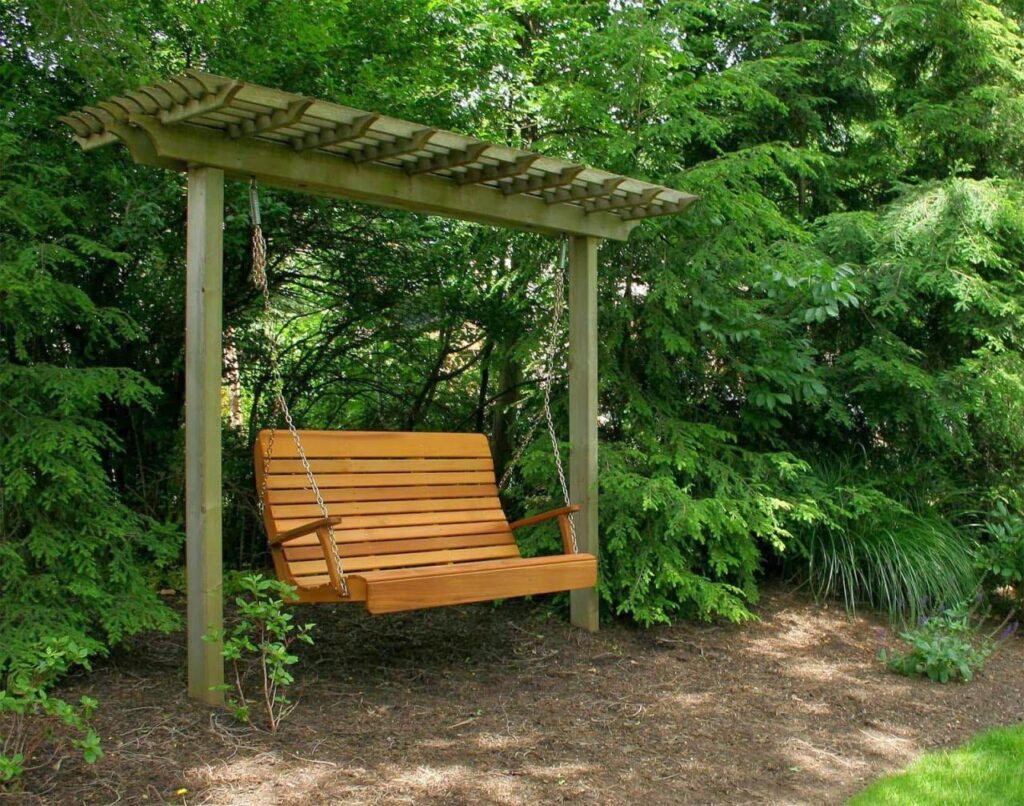

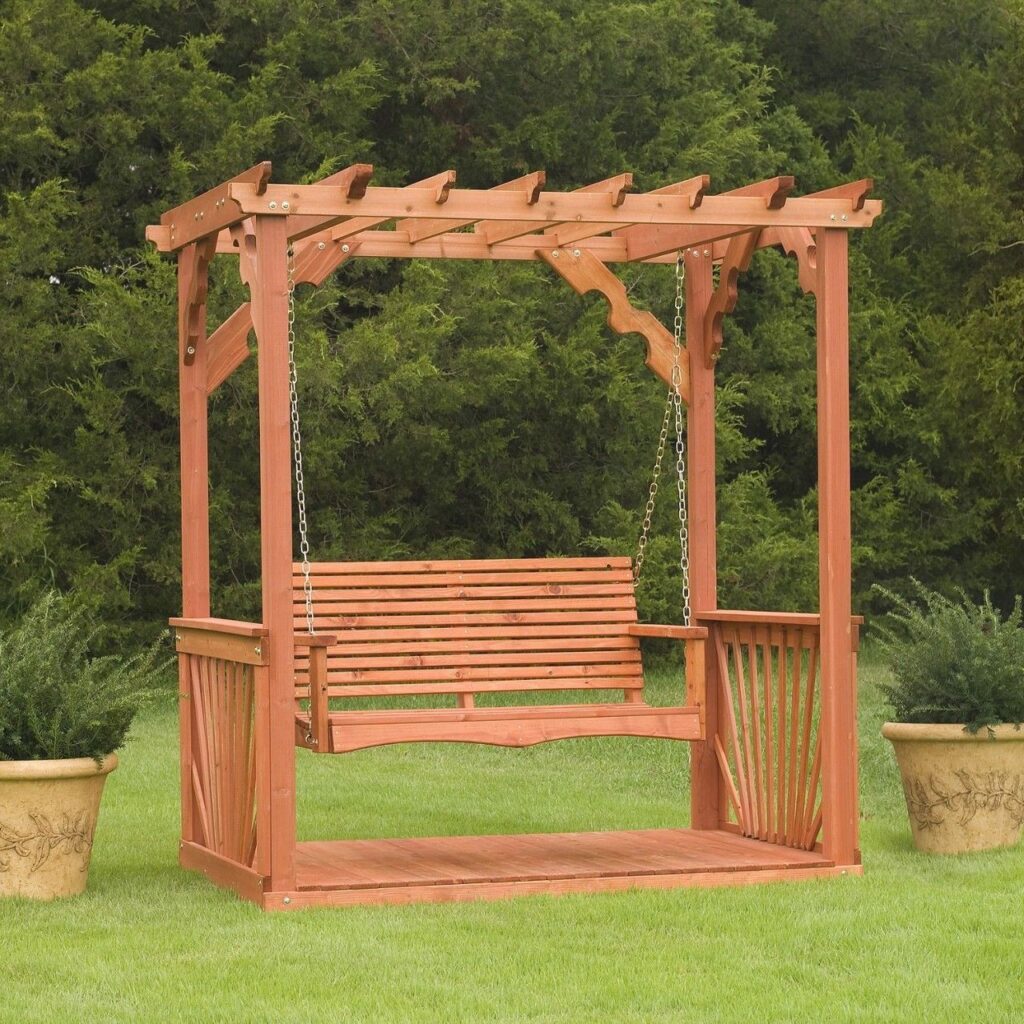

3 thoughts on “Louvered Pergolas: Design, Benefits, and Applications”